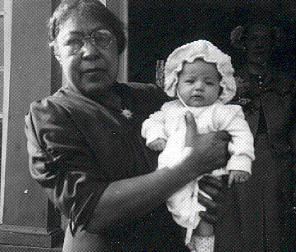
Many people believe that what makes Canada great is the variety of ethnic and religious groups. Lethbridge is not giant city like Montreal or Vancouver, but it too has been greatly affected by the many ethnic groups that have lived and worked in the area. Without the help of its many ethnic communities Lethbridge would look very different than what it is today.
Except for the native peoples, these different ethnic groups immigrated to the Lethbridge area in the late 1800's and throughout the 1900's. Workers were brought in from throughout Europe and Asia to work on the C.P.R. and, later, to work in the coal mines all around southern Alberta. At the same time, the Mormons,who had immigrated from the United States, played a large role in the development of southern Alberta’s irrigation system in the 1890's. In the twentieth century, as farming changed and needed more people, many more immigrants from throughout Europe were employed as workers and many soon owned their own farms.

Miss Ella Emma Dunn holding a child in outside of her home. Courtesy of Judy Wong.
All of these immigrants had different reasons for leaving their homes and coming to the Lethbridge area. Some left their homes because of religious reasons, while others left to escape poverty. Many immigrants came after the two world wars which had given many Europeans good reason to leave their homes. Most of these people saw their arrival in southern Alberta as a chance to build a new and better life, but there were also some who were forced into the area because they were not wanted in some other region. Yet, no matter how and why they arrived in southern Alberta, the different ethnic groups have affected Lethbridge. They have contributed to both the business and cultural life of the city. But all of these different ethnic and religious groups were not always welcomed by the rest of the community. The different way that some people looked and acted sometimes caused the rest of the community not to like them.
Previous Page | Exhibit Contents | Home | Navigation Information | Glossary | Curriculum Guide | Next Page
Copyright © 1996 Sir Alexander Galt Museum. All rights reserved.